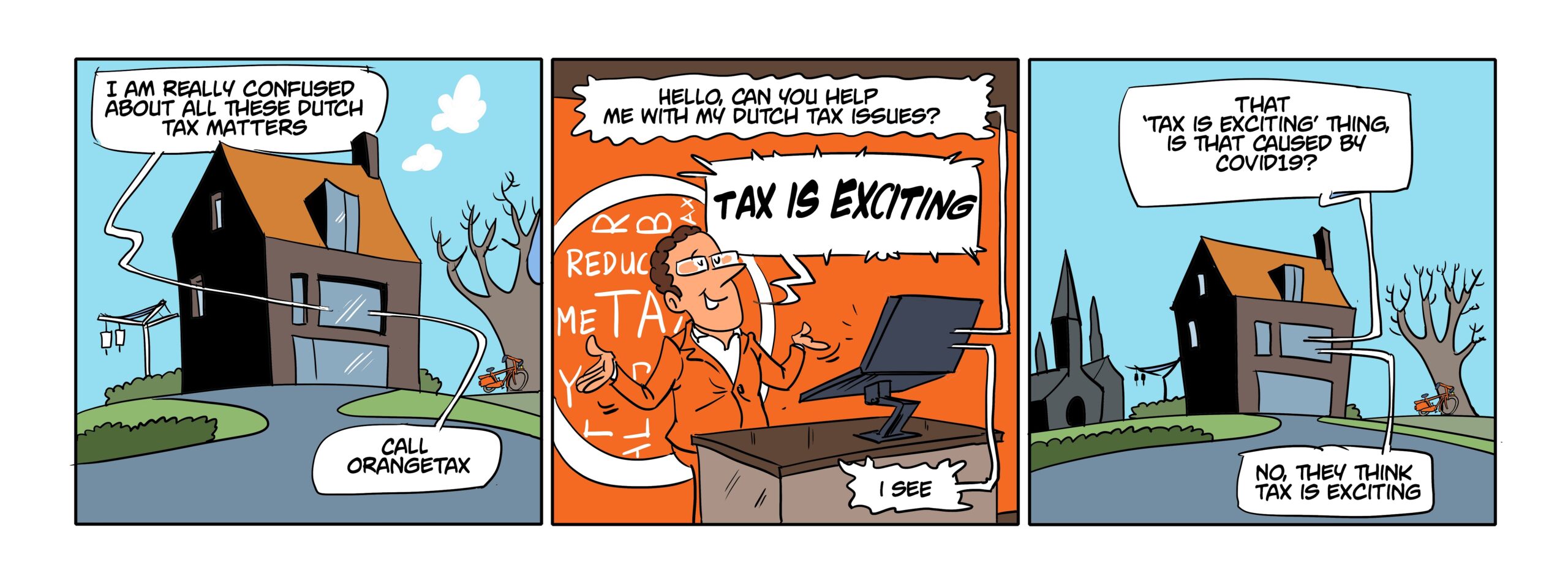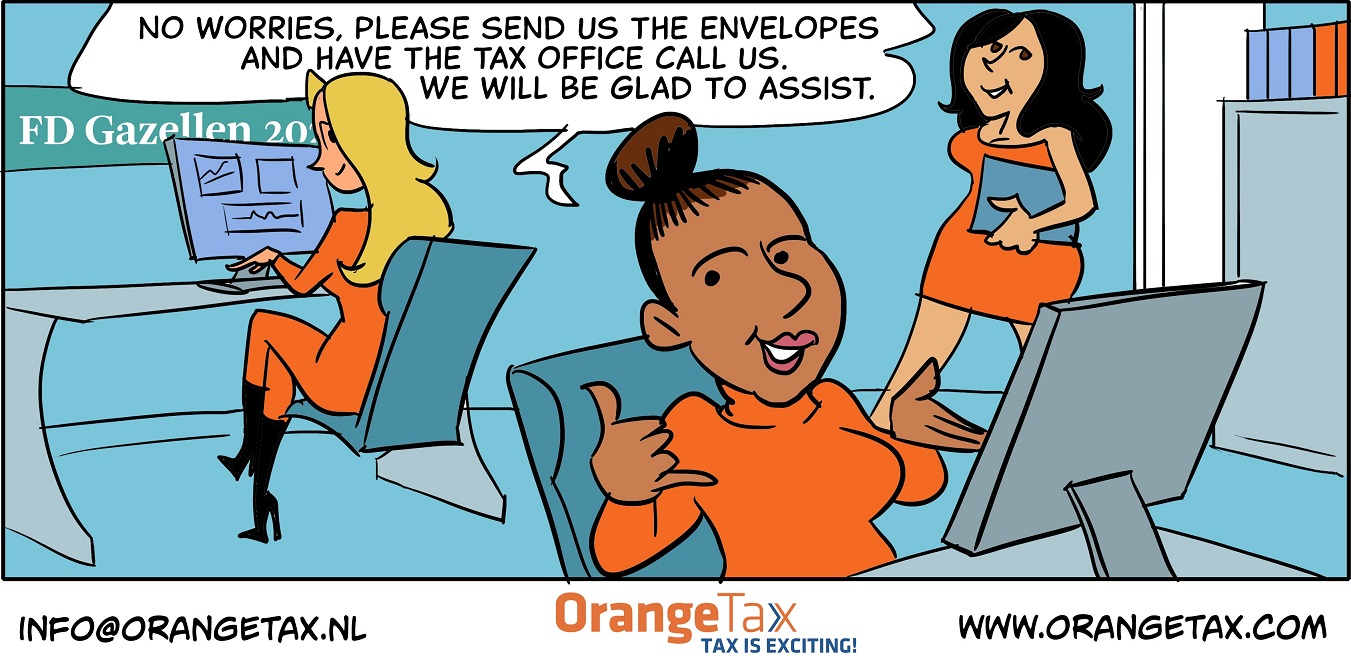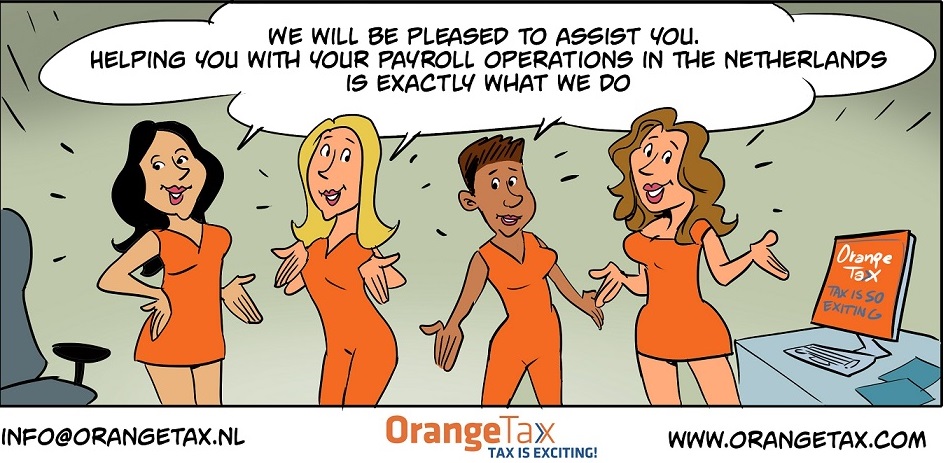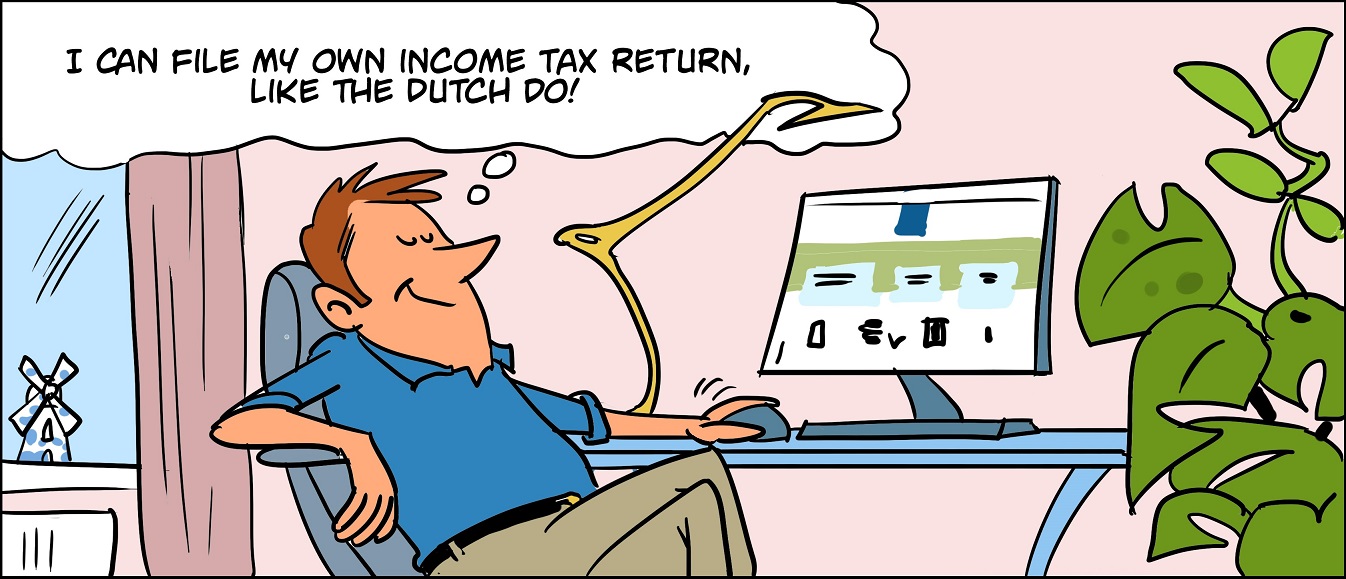This is an simplified ABC transactions story that is not that simple. How to treat the VAT when the factory supplies the ultimate client directly, passing by the middle man.
Simplified ABC transactions
The simplified ABC transactions stands for the following situation. You sold goods to a client. This product is not created by yourself. You purchase the product from a factory or wholesaler. This factory or wholesaler offers to send the goods directly to your client. This is convenient and challenging from a VAT (Value Added Tax) point of view.
Example:
You sell car wheels in the Netherlands, manufactured in Poland. Suddenly you receive a large order from Portugal for about 200 wheels. The Polish manufacturer offers to send them directly to Portugal.
The invoice flow goes from Poland to the Netherlands and the Netherlands invoices Portugal. The 0% VAT rate only applies when the administration carries documents of the goods actually being transported to the other country. That document the Dutch seller does not have, as the goods never arrived in the Netherlands. Let alone were transported to Portugal from the Netherlands.
Can 0% VAT be applied by the Dutch seller who has not transported the goods?
The ABC VAT transaction rules do provide the 0% VAT rate, even though no goods were shipped by the middle man (letter B).
How do you process this transaction?
Following the example, the Dutch seller will receive an invoice from the Polish manufacturer with 0% VAT. The 0% purchase you report in your Dutch VAT return as a regular 21% purchase from within the EU. Then in the same form you claim 21% reclaimable VAT for this purchase. That makes the transaction from Poland is on a zero VAT level.
The sale from the Netherlands to Portugal is a so called ICP transaction for you. The condition is you state the valid EU VAT ID of the Portuguese company on your invoice. And you meet all other VAT invoice requirements. Then you can charge 0% VAT on this invoice to Portugal.
Conditions for applying the scheme
If you apply the simplified ABC scheme, you have fewer obligations. No need to register in your customer’s country if you are the intermediary company B for the ABC deliveries within the EU. The following conditions need to be met:
– You can prove that you bought the goods from company A with the aim of selling them on to company C. You can prove this, for example, with a contract or a quote.
– There are 3 companies that each have a VAT identification number in a different EU country.
– You make an agreement with company A about the transport of the goods.
– Goods go from company A directly to company C in company C’s country.
– You are not registered in the country of company C.
– You include your delivery within Europe to company C in your VAT return and ICP form.
Difference simplified ABC delivery compared to a regular ABC transaction
The transport in this non simplified ABC transaction is crucial. When you perform a non-simplified ABC invoice flow and for some reason the goods were directly shipped from A to C, then this will have significant issues for B in the process. The 0% VAT reported in the example in Portugal is only possible when there are shipping documents in name of B.
The registration in country C is also an inconvenience. This is solved in the simplified ABC transaction. However, if you are already registered in the C country, Portugal in the example. Then you cannot apply the simplified ABC transaction scheme.
Additional requirements for your invoice
If you are the intermediary company B for an ABC delivery, when applying the simplified ABC scheme, in addition to the normal requirements for an invoice, you must state the following additional information on your sales invoice to company C:
1) Your own VAT identification number.
2) Company C’s VAT identification number in the country where Company C is located.
3) The statement ‘reverse charge, simplified ABC scheme’ on the sales invoice to company C.
With this you inform customer C that he must declare the VAT, because you used the simplified ABC scheme.
Tax is exciting
We think tax is exciting. My name is Anthony and I am part of the accounting team within the company. My interest is with Value Added Tax returns and its challenges. Feel free to contact me at anthony@orangetax.nl for questions you might have about VAT transaction in the European Union.






